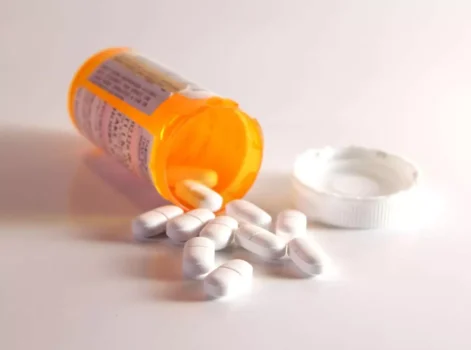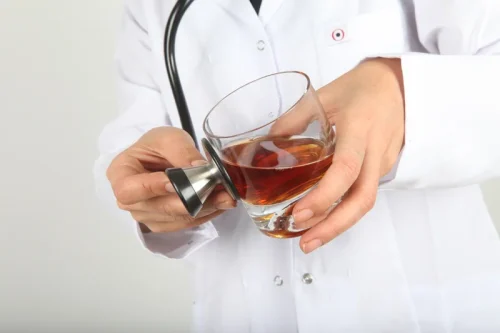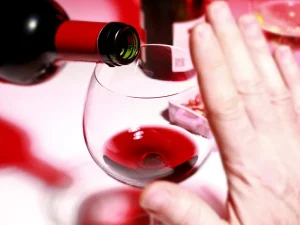
Those with a family history of rosacea also increases the likelihood of developing rhinophyma (alcoholic nose). Spider veins on nose alcohol are clinically described as telangiectasia and can be caused by a variety of factors, including alcohol consumption. Excessive alcohol intake is one of the main contributors to the development of spider veins on the face.
Alcoholic Nose And Rosacea
- Rhinophyma can cause significant facial disfigurement, emotional suffering, and may even lead to serious ocular complications.
- Later, this condition advances to vascular rosacea, which involves swollen blood vessels and redness.
- Treatment is important because rhinophyma can cause breathing trouble when the airways become blocked.
- Your doctor will treat early rhinophyma with oral medications, such as antibiotics or isotretinoin.
- While there is no cure for rhinophyma or rosacea, there are several treatments that can help reduce the symptoms and appearance of both conditions.
- The more alcohol they consume, the more aggravated their symptoms will be and the more they will spread.
Even a single alcoholic drink can cause flare-ups for many people with this condition. A survey by the National Rosacea Society found that red wine was the most common culprit, followed by white wine and beer. The condition is most common in men between the ages of 50 and 70. Because alcohol dilates blood vessels and damages the vascular system, it can aggravate rhinophyma and other types of rosacea. Not everyone with rosacea who develops thickened skin will go on to develop rhinophyma. But for people who do, having chronic infections is common, since fluids in the skin ultimately trap bacteria.
- Drinking large amounts of alcohol can produce many unpleasant effects.
- If you’re worried about alcohol consumption leading to drinker’s nose or rhinophyma, you may also show signs of alcohol abuse.
- It may be encouraging to know that approximately 90 percent of individuals with rosacea reported that limited alcohol intake helped to significantly decrease sudden outbreaks.
- While alcohol nose does not directly imply addiction, it can be a visible manifestation of long-term alcohol abuse for some people.
- That means someone drinking heavily may show flushed cheeks and an enlarged nose with a red or purple tint if they have rosacea.
- Treatment for alcoholic nose usually involves visits to both dermatologists and plastic surgeons, who then may work together in treating your rhinophyma.
- The severity of the condition varies from person to person and can be influenced by various factors.
What Is Rosacea and How Is it Related to Rhinophyma?

If you are suffering from an alcoholic nose and are an alcoholic, you can get help. It is okay to reach out for help regardless of what is happening. For help with rhinophyma, you can get in touch with your dermatologist or your general practitioner. They can help prescribe a lotion or medication that you can take to reduce the inflammation and lower the visible symptoms of your rosacea. This is simply a way in which a close friend or loved one may be able to notice a physical change in a person’s skin condition that could indicate alcohol abuse.

Understanding Rhinophyma

The social stigma related to alcohol abuse and alcoholic nose highlights the social pressures and barriers that still exist for those with substance abuse issues. Current research indicates that people with rhinophyma often have a genetic predisposition to or family history of rosacea, especially if treatments for their rosacea prove ineffective. When left untreated, alcoholic eyes, or ocular rosacea may occur.
What is Alcoholic Nose or Rhinophyma?
Additionally, heavy alcohol use can also dehydrate the body, including the nasal membranes, making them more fragile and prone to bleeding. If preventative techniques don’t work and you develop this skin condition, surgery is the most common method of treatment. Some acne medications may also reduce many of the symptoms of rhinophyma. However, it is crucial to note that rhinophyma can occur in individuals who do not consume alcohol excessively, and genetic and environmental factors also contribute to its development. Excessive alcohol use can be attributed to many skin conditions and health problems that impact the skin. Besides the symptoms of having a red face, flushing, or red patches, some skin disorders can be signs of alcohol abuse.

Understanding Rosacea
It’s important to note that while these medications can help alleviate some of the symptoms, they do not cure rhinophyma. However, they may provide some relief and help improve the overall appearance of the affected area. In rare cases, people with severe rhinophyma might need skin grafts to alcoholic nose reconstruct their noses. You may have a reddish color to your skin, spidery red or purple veins across your nose, and a swollen nose that does not improve over time. It’s important to note that we do not gain financially or in any other form from referrals to different treatment centers.
Rhinophyma, Rosacea, And Alcohol Consumption
While reducing alcohol consumption and seeking medical treatment can help manage the symptoms of alcoholic nose, the condition itself may not completely go away. Treatment options, including surgery and medication, can help improve the appearance of the nose and alleviate symptoms, but a complete cure may not always be achievable. Please read on to learn all you need about alcoholic nose and the connection between alcohol addiction and skin conditions. Those dealing with rosacea must test while drinking alcohol and create their own boundaries to avoid severe flare-ups of the alcoholic nose.
Alcoholic Nose: Signs, Causes and Treatments
Widened blood vessels caused by heavy drinking allow more blood to travel to right beneath the skin’s surface, which gives the face a more flushed or red appearance. If you develop rhinophyma, your nose may appear red, large, and even bumpy or bulbous. The visual side effects are most obvious on the tip and lower part of the nose, since the actual bone structure is not affected by the condition.
